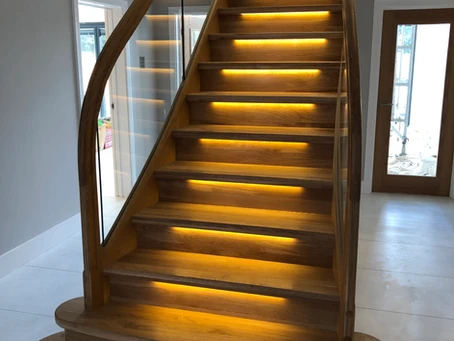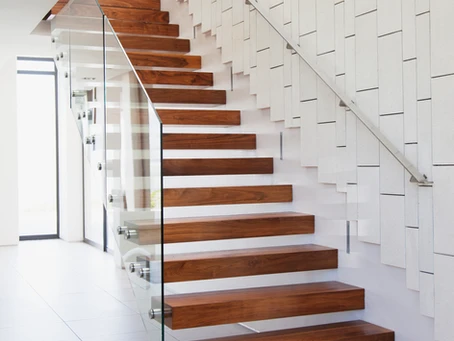
Types of stairs depending on the construction
Not only do the staircase perform a practical function but also a decorative one. It sits at the heart of the property and occupies its significant area. Well fitted staircase can create a visual impact that reflects upon the whole property.
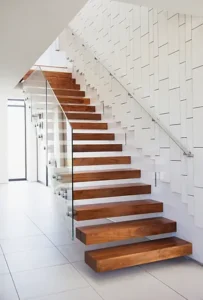
Cantilevered stairs - also known as floating stairs, because their treads appear to be floating in the air without any support. Treads are fixed to one end, while another end secures the railing system. Stringer – the backbone of the structure can be exposed or hidden in the wall. They don’t have risers. This type of stairs is a bit costlier due to additional structural requirements. Cantilever stairs bring spacious feeling and a lot of visual interest.
Zig zag stairs – in this style, treads and risers continuously follow a zigzag like structure. It’s a popular option for residential and commercial buildings. There’s plenty of available finishes to suit your interior decor requirements.
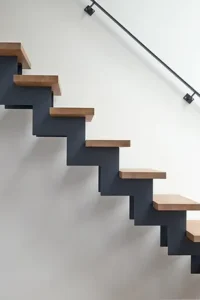
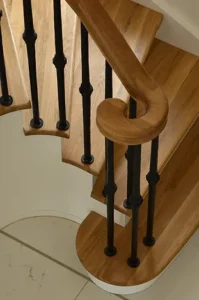
Cut stringer - the upper edge of the stringer is cut so the treads and risers look like they sit on top of it. Spindles are attached to the top of the treads.
Closed stringer - the edges of treads located between stringer are hidden by it.
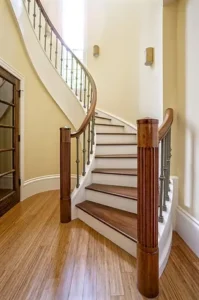

Central stringer – beam-like supporting stringer is located in the centre underneath the treads.
Spiral stairs are build of the central post to which ale treads are connected. They are a perfect solution when you don’t have enough space or you want to save it. Their compact design provides visual attraction. Many available options of balustrades have a great impact on the overall look.
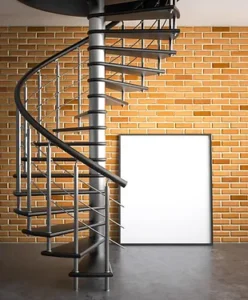
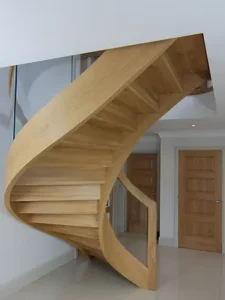
Curved stairs are also known as helical stairs, in comparison to spiral stairs don’t form a perfect circle, they create a much bigger radius by following a helical arc. This design does not contain a central column or landings. Mostly, treads are attached to two rolled stringers. This type of staircase adds elegance and an exclusive look to make the best first impression of the entryway.



